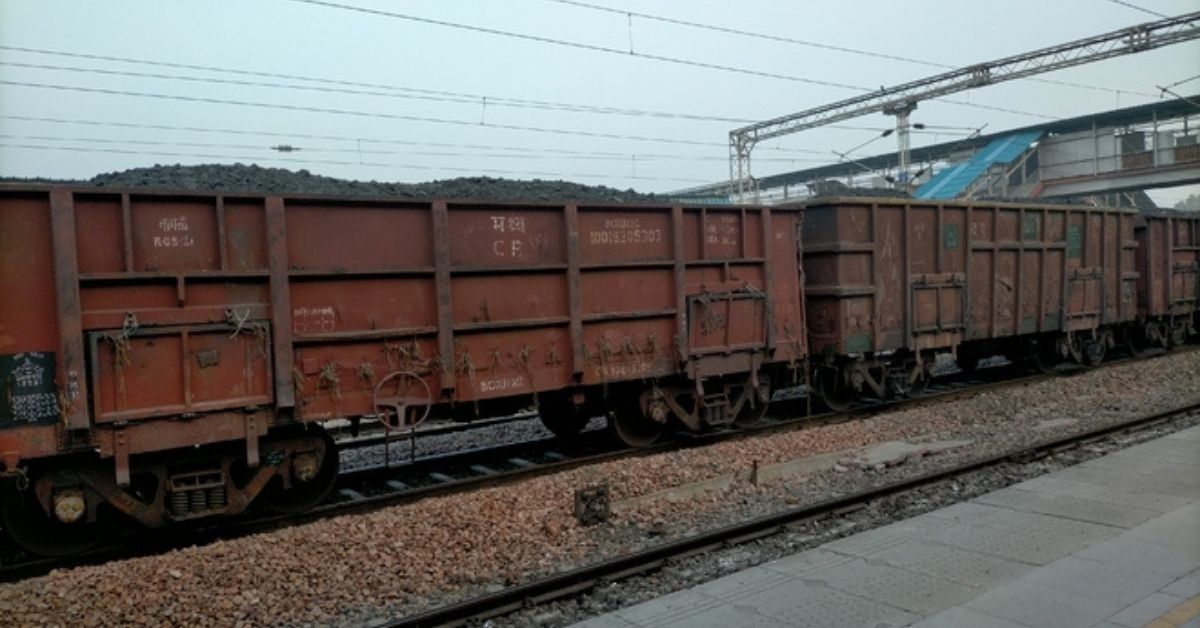This multimodal transportation system allows for the seamless transportation of coal from mines to ports and then to end-users, reducing transportation costs and improving logistic efficiency.
In the financial year FY 2023, the major coal-producing states such as Odisha, Chhattisgarh, Jharkhand, along with parts of Madhya Pradesh, accounted for approximately 75% of the total domestic raw coal dispatch. Recognizing the need to increase coal production, the Ministry of Coal has projected nearly doubling of coal production in India with a CAGR of 7.7% by FY 2030.
To meet the growing demand, a well-planned and efficient coal evacuation system is required. The Ministry of Coal has constituted an Inter-Ministerial Committee (IMC) with the aim of preparing a long-term plan for coal movement in the country. Currently, railways account for about 55% of coal evacuation, with a target to increase this share to 75% by FY 2030.
The Ministry of Coal is emphasizing the need to augment coal evacuation and enhancing alternative routes of evacuation to avoid congestion such as RS/RSR mode by FY 2030. The committee has recommended several measures to promote RSR evacuation of coal to reach 112 MT by 2030, from the existing 40MT.
This strategy offers multifaceted benefits. Firstly, it is likely to reduce congestion on the all-rail route by providing an additional alternative mode of coal evacuation. Secondly, it creates export opportunities by building infrastructure that can be utilized for exports in the future and lastly, RSR has significantly lower carbon footprint compared to ARR. The coastal shipping mode of transportation, which is an economical and eco-friendly system for moving goods, has the potential to revolutionize India’s logistics industry. The ongoing efforts to augment coal evacuation such as RS/RSR, strives to achieve full capacity utilization of the ports along the Southern and Western coasts.







